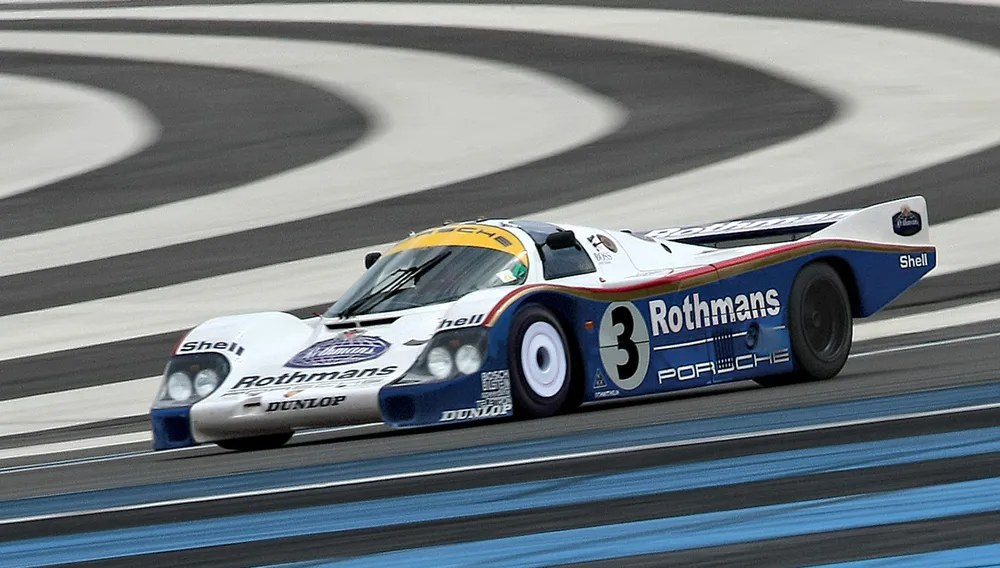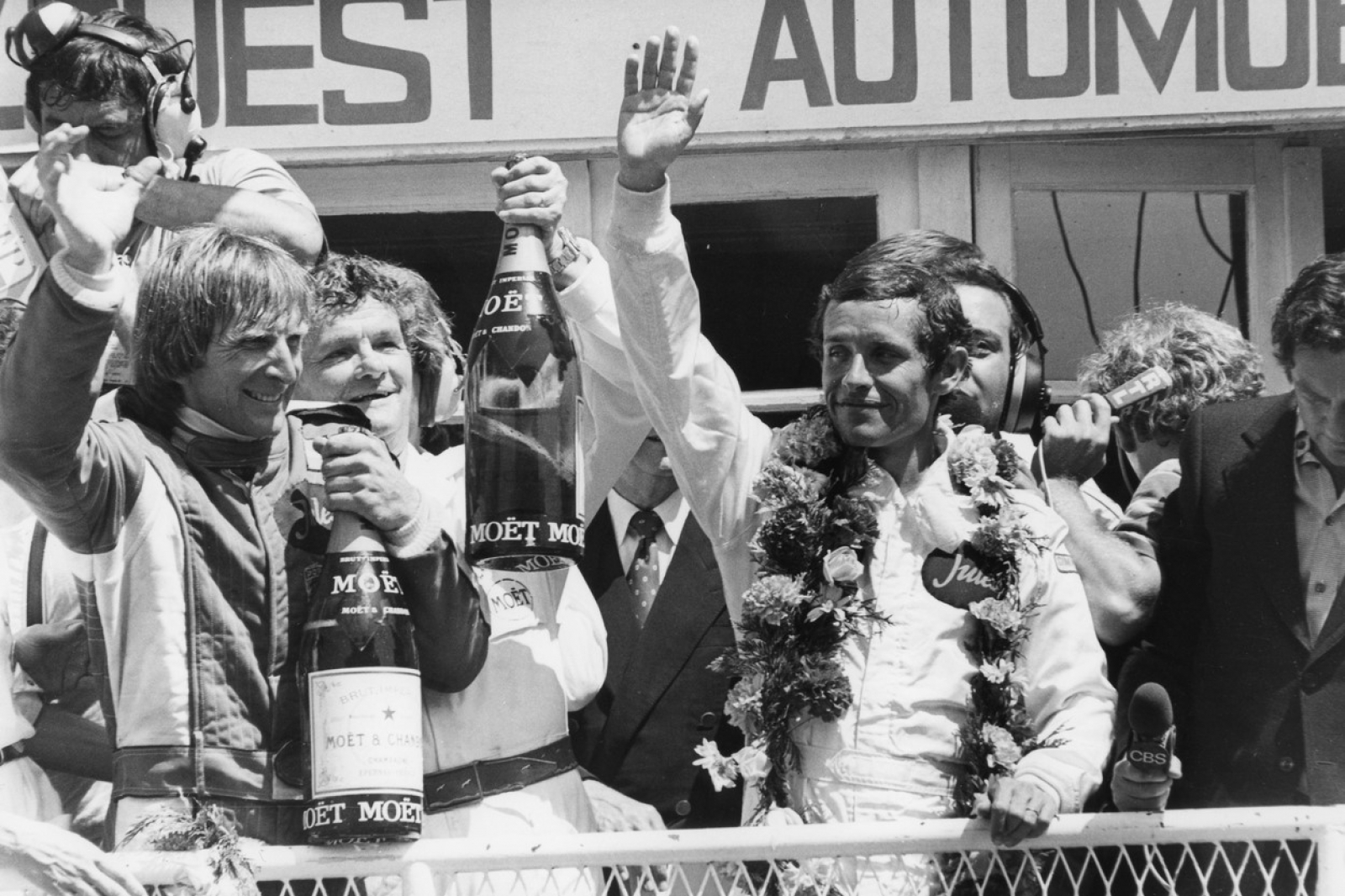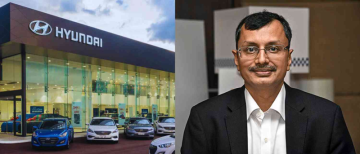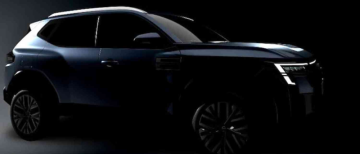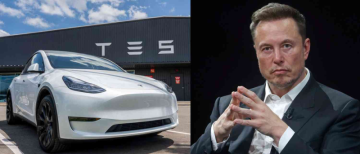The Porsche 956 is arguably one of the most legendary race cars ever created, a marvel of engineering that dominated endurance racing in the 1980s and earned a mythical reputation for its ability to "defy gravity" and theoretically drive on the ceiling. Launched in 1982, this masterpiece combined cutting-edge technology, aerodynamic innovation, and raw power, making it an icon in motorsport history.
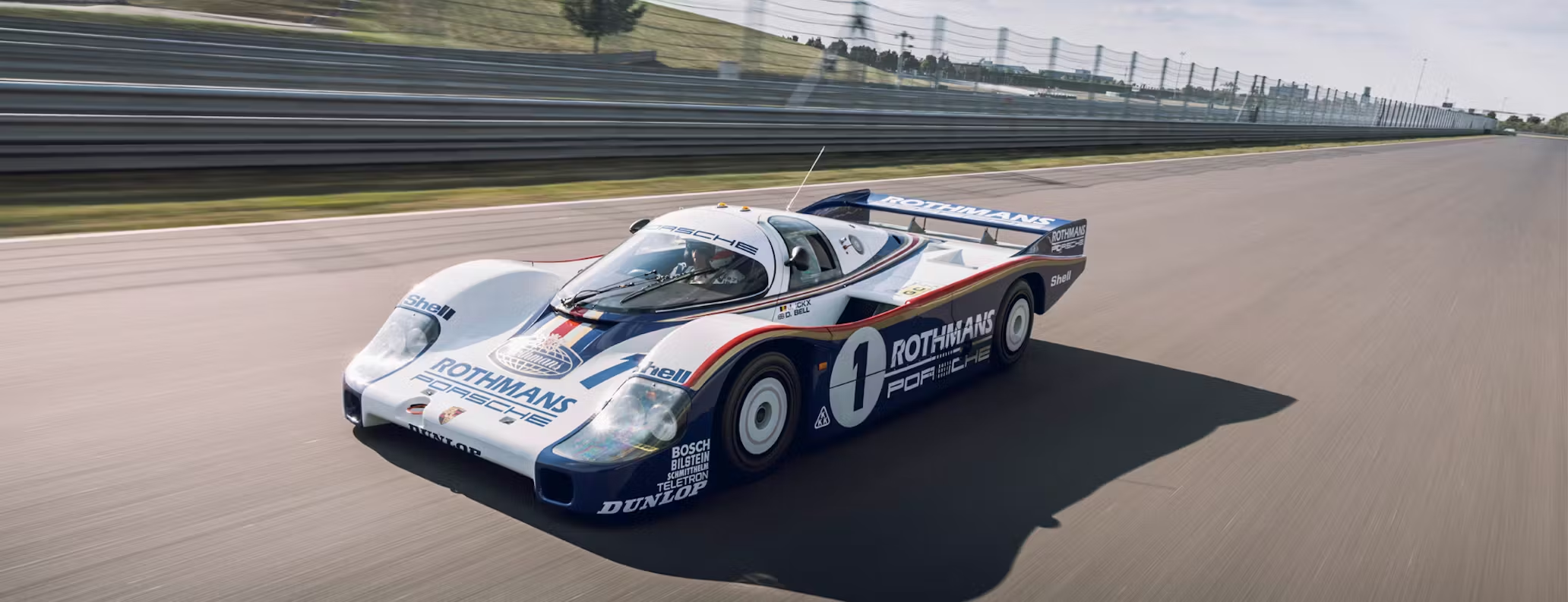
Origins and Cutting-Edge Development
The Porsche 956 was developed to compete in the newly created FIA Group C category, which emphasized fuel efficiency, aerodynamics, and endurance rather than just outright engine power. Porsche’s chief engineer, Norbert Singer, led the car’s design with an emphasis on innovative engineering, resulting in the first Porsche endurance racer with an aluminum monocoque chassis and groundbreaking ground-effect aerodynamics. This made the car remarkably light, stiff, and safe compared to older spaceframe designs.
The hallmark of the 956 was its aerodynamic design. The bodywork was shaped to channel air under the car through specially designed tunnels, creating a vacuum effect — known as the ground effect — that sucked the car toward the track. This generated enormous downforce without increasing drag, greatly improving cornering speed and stability at high velocity.
The Powertrain That Set New Standards
Powering the Porsche 956 was a 2.65-liter twin-turbocharged flat-six engine derived from the successful Porsche 936, producing around 620 horsepower. This engine was not only powerful but also fuel-efficient, meeting the stringent Group C fuel consumption regulations. The car had a 5-speed manual gearbox, allowing drivers to exploit the power across different conditions on the racetrack.
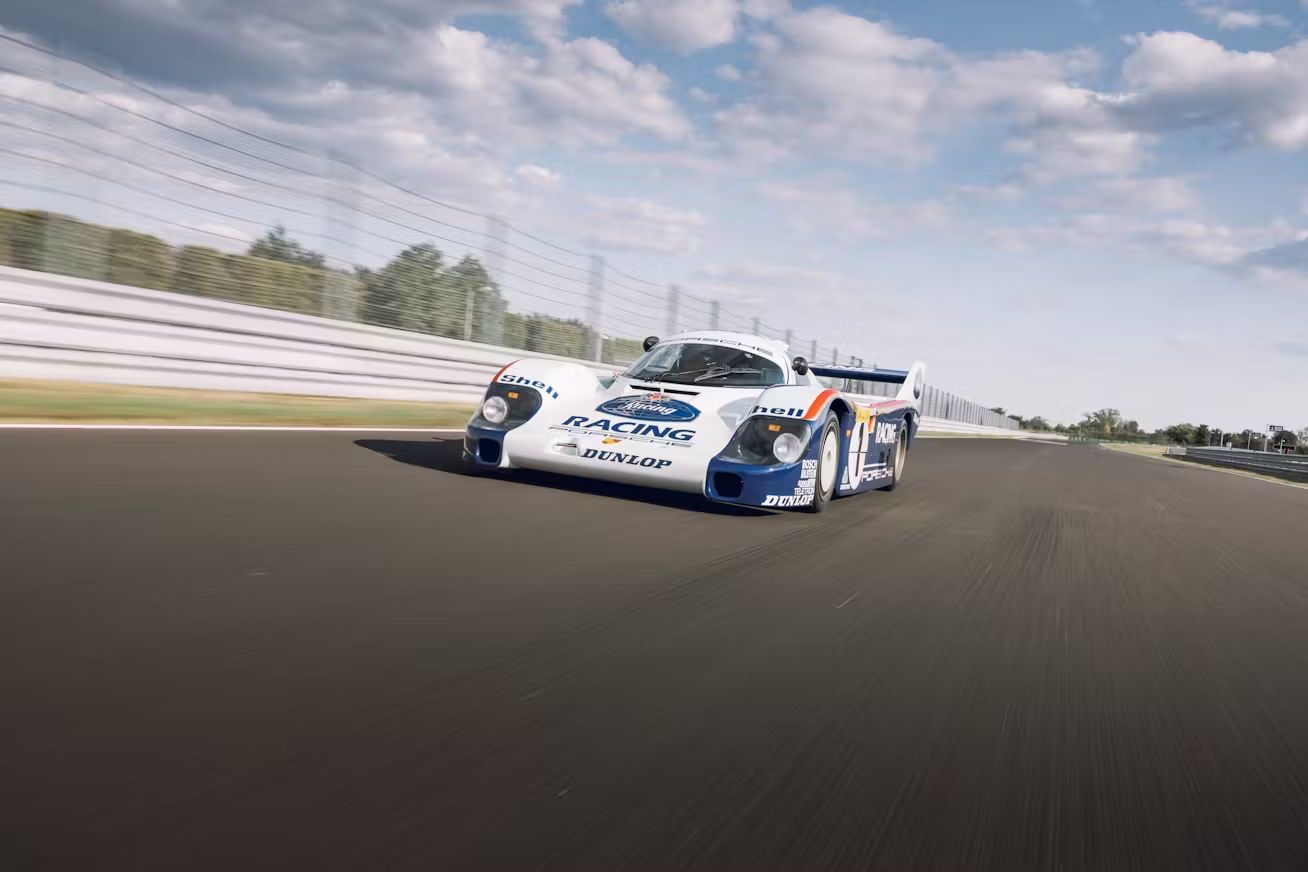
Racing Dominance: Records and Legendary Success
The Porsche 956 made an immediate impact when it debuted in 1982, delivering overall victories at the 6 Hours of Silverstone and the 24 Hours of Le Mans—a highlight being a shockingly dominant 1-2-3 finish at Le Mans that year. Between 1982 and 1985, the 956 and its successor, the Porsche 962, won four consecutive Le Mans titles and multiple FIA World Sportscar Championship titles, making Porsche virtually unbeatable in endurance racing.
One of the most remarkable performances was by Stefan Bellof, who piloted the 956 to a record-breaking lap time of 6 minutes 11.13 seconds on the Nürburgring Nordschleife in 1983—a record that went unbroken for 35 years, attesting to the car’s astonishing capabilities.
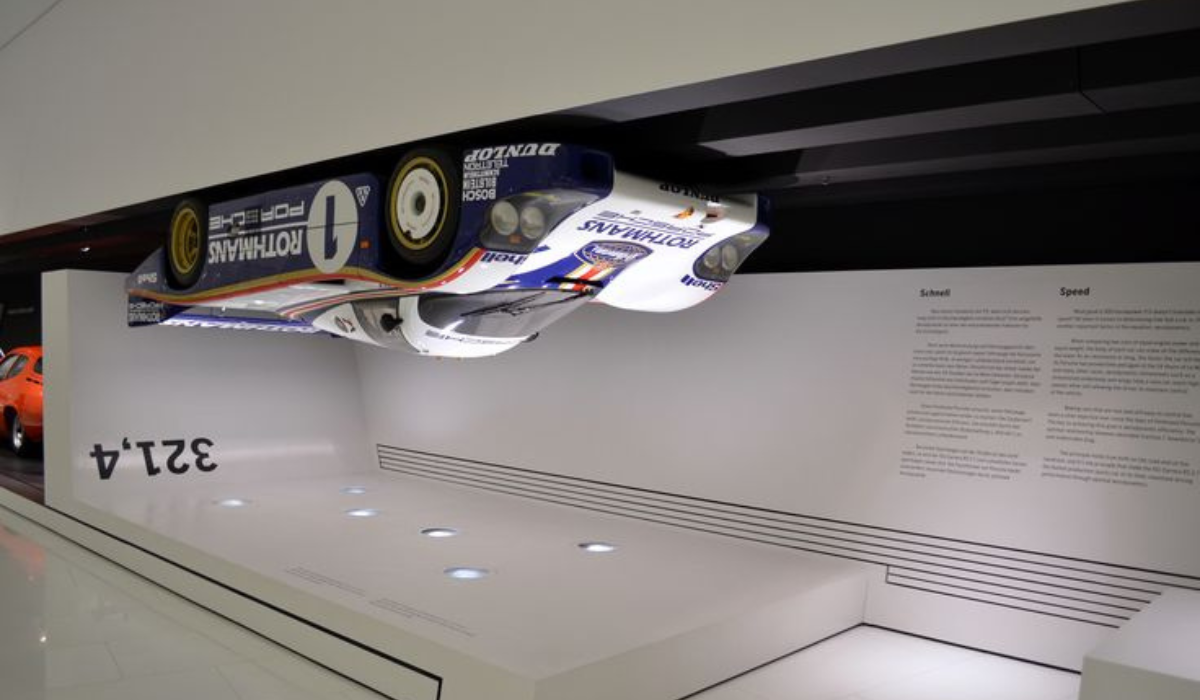
The "Defy Gravity" Legend: Could It Drive on the Ceiling?
The Porsche 956 reached a top speed of around 360 km/h (224 mph) and, thanks to its ground-effect aerodynamics, generated so much downforce that, theoretically, it could drive upside down on a ceiling if it maintained a speed of 321.4 km/h (200 mph) or more. This incredible fact has fascinated racing fans for decades and was confirmed by calculations and wind tunnel tests. While it's more of a fascinating physics trick than a practical racing scenario, it underscored just how much the 956 relied on aerodynamic grip to cling to the track.
Ground Effect: The Game Changer in Aerodynamics
Ground effect is the secret behind the Porsche 956’s exceptional grip. By shaping the underbody of the car into tunnels that accelerate airflow, it produces a low-pressure zone beneath the chassis, "sucking" the car to the track surface. This effect significantly increases cornering speeds without the drag penalties caused by large wings.
This innovation allowed the Porsche 956 to maintain incredibly high speeds in corners and remain stable at those speeds—elements that were crucial to long-distance endurance racing where consistent lap times and car control are key.
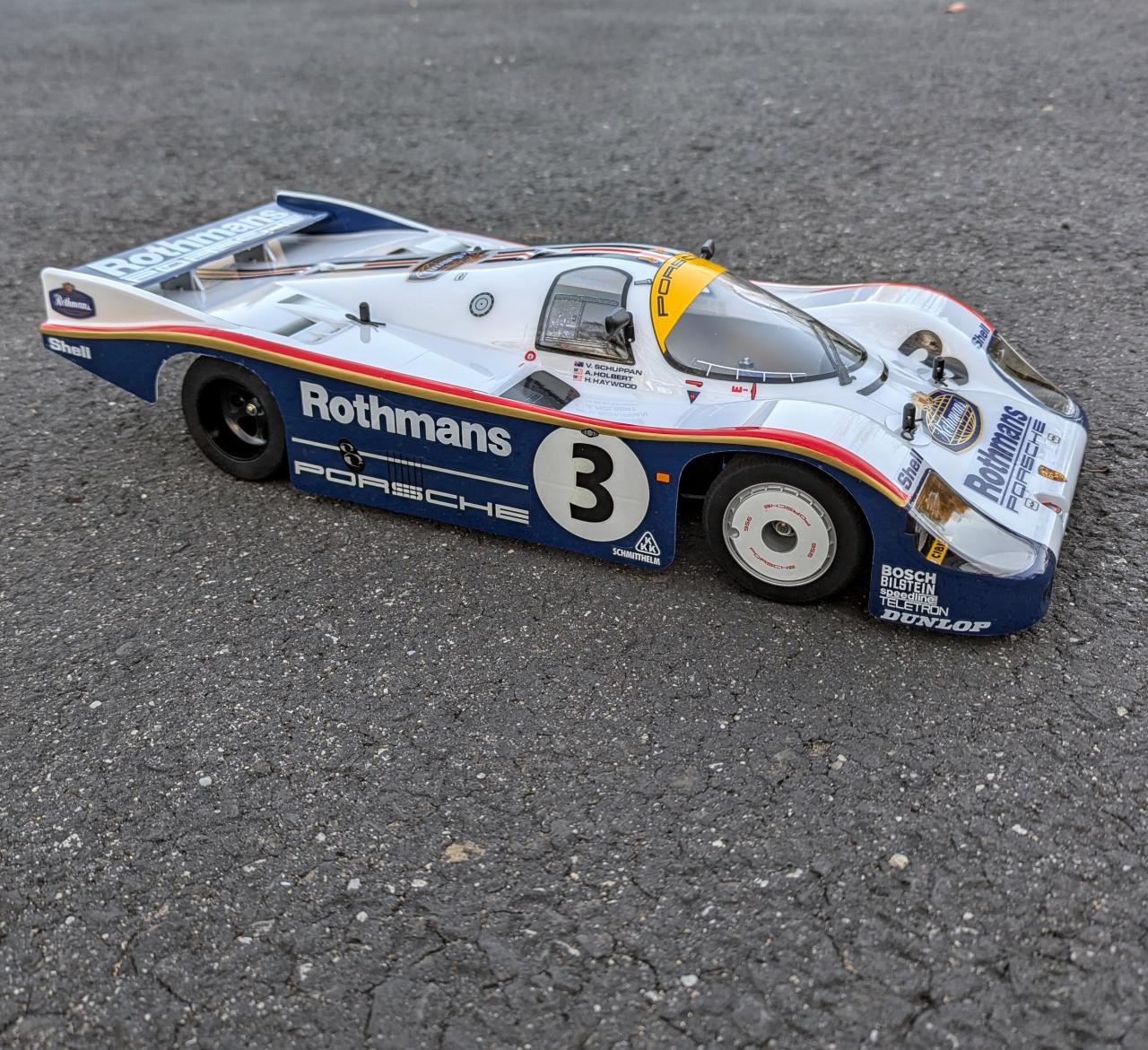
Engineering Innovations That Influenced Racing
-
Aluminum Monocoque Chassis: Lighter and stiffer than spaceframe designs, improving safety and performance.
-
Turbocharged Flat-Six Engine: Providing a powerful yet fuel-efficient power unit tailored to Group C’s strict fuel rules.
-
Advanced Suspension Systems: To complement the aerodynamic grip and ensure the tires maintained maximum contact with the track.
-
Streamlined Bodywork and Underfloor Tunnels: Minimizing drag while maximizing downforce.
These aspects made the 956 a technological benchmark and influenced the design of future endurance racers and even modern supercars.
Iconic Drivers and Unforgettable Races
The Porsche 956 was piloted by some of the most famous names in racing, including Derek Bell, Hans-Joachim Stuck, and Jacky Ickx. Their skill combined with the phenomenal engineering of the 956 brought multiple victories and cemented its legacy. The car’s dominance was so profound that in the 1983 Le Mans, Porsche 956 cars took the first eight places on the podium.
The 956’s Legacy
The legacy of the Porsche 956 extends far beyond its racing victories. It solidified Porsche’s supremacy in endurance racing for the 1980s, pioneered technological advancements like the aluminum monocoque and ground-effect aerodynamics, and laid the groundwork for future prototypes such as the Porsche 962.
Today, it’s revered not only as a race-winning legend but also as an engineering milestone. It captures the imagination because it wasn’t just a fast car—it was a car that rewrote the rules of what was possible on a racetrack.
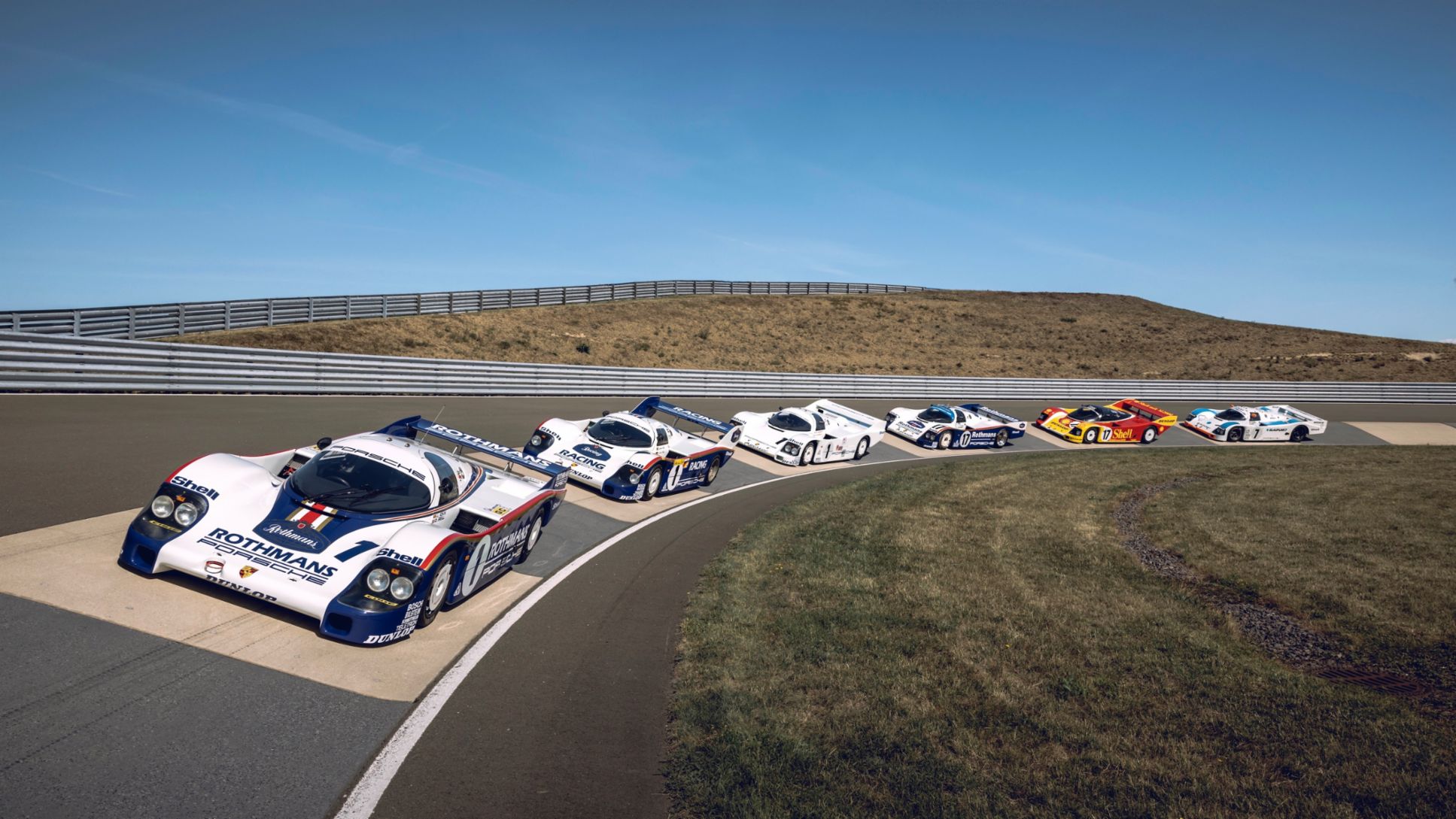
The Porsche 956 was more than just a race car; it was a revolution in motorsport. With its unmatched aerodynamic design, powerful turbocharged engine, and excessive downforce that could make it theoretically drive upside down, the 956 set a new gold standard for endurance racing vehicles.
Its legendary achievements, technological breakthroughs, and the aura of a car that could almost defy gravity have ensured its place as one of the most fascinating and celebrated automobiles in racing history.
With inputs from agencies
Image Source: Multiple agencies
© Copyright 2025. All Rights Reserved Powered by Vygr Media.



